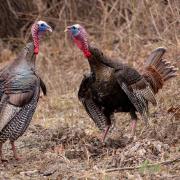
The Great Tick Debate
Have Turkeys Been Wrongly Accused for the Uptick? The best way to address this dispute is to look to science for the answers.
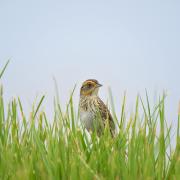
Maine Adds Eight New Species To State's Endangered and Threatened Species List
Eight new species were added to Maine's Endangered and Threatened Species list, including five birds, one bat, one bee, and a beetle. Two of these species, the saltmarsh sparrow and Ashtons cuckoo bumble bee, are listed as Endangered, and the other six as Threatened.

Black-capped Chronicle Issue 12 Summer 2023
A new (and final) issue of the Maine Bird Atlas’ newsletter, Black-capped Chronicle, is now available!
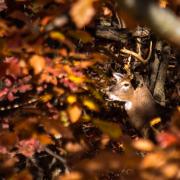
Look Beyond the Leaves
A patient look beyond the leaves reveals truly magical moments of Maine's wildlife in autumn.
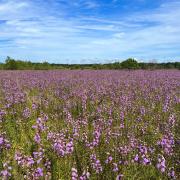
One Million Purple Plants
Late summer pours a tide of purple flowers across the sandplain grassland of Kennebunk Plains Wildlife Management Area.
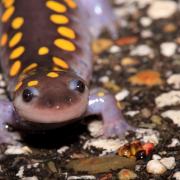
Maine Amphibian & Reptile Atlas Project Final Year
Accurate mapping of reptiles and amphibians is a challenge, but community scientists can make important contributions through the Maine Amphibian and Reptile Atlas Project (MARAP).
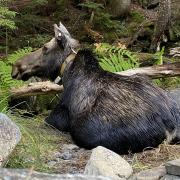
So, You Want to Be a Wildlife Biologist?
While the reward for this career is high for those who love it, not all can hack the demands of the job.
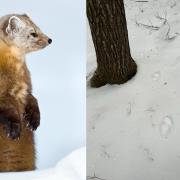
Tips for Tracks
Winter is the best time to learn to identify and interpret wildlife sign. Here are some tips to get started.
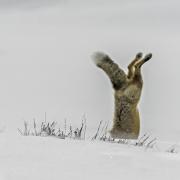
Strategies for the Snowy Season
As the days get shorter, temperatures drop, and snow begins to fall, how do you plan to spend the winter? Just like people, wildlife uses several winter survival strategies.
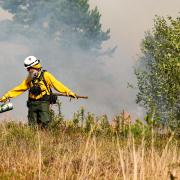
Fired Up about Conservation
The first Prescribed Fire Training Exchange (TREX) to be held in the Northeast brought collaboration, mentorship, outreach, and fire to the sandplain grassland of Kennebunk Plains Wildlife Management Area. Prescribed burns are tactically designed with two main objectives: restore ecosystem function and decrease uncontrollable wildfire risk.
Keep In Touch!
Enter your email or mobile number to receive the latest news from MDIFW.